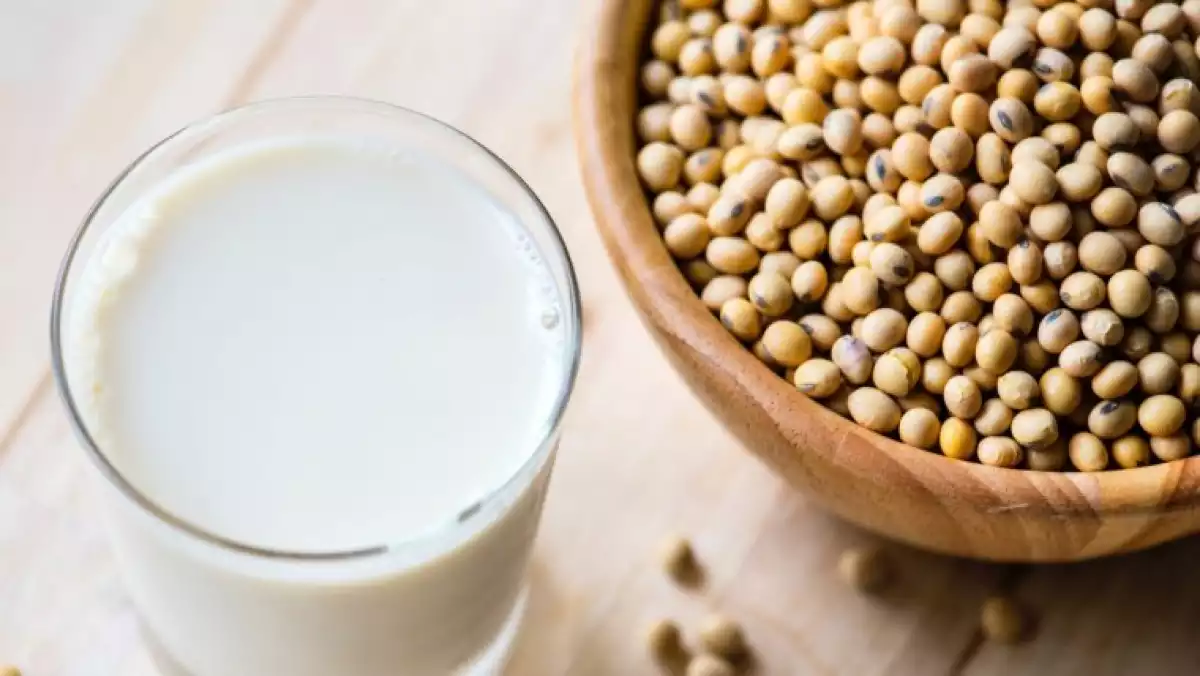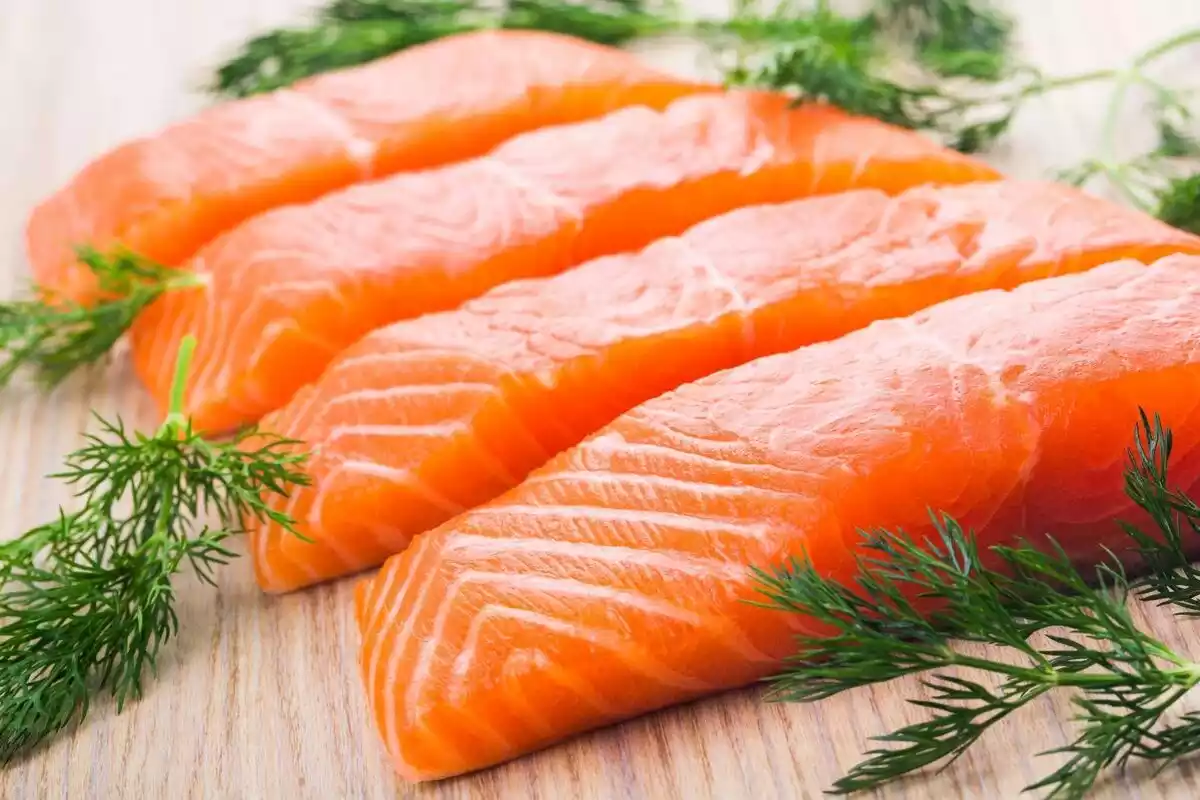Nutrition is developing increasingly faster and functional nutrition represents the present day. Functional foods are considered a type of healthy food that contain natural components which are beneficial to your organism.
The following article will describe what functional foods are and their function, as well as the most common types of food and what functional nutrition is.
What are functional foods?
The concept of functional food is not actually scientifically agreed. According to the European Union, these are both natural and industrially processed foods that are known to have beneficial effects on one or more functions of the body. In particular, they contain components (natural substances or nutrients) which present added physiological benefits beyond their nutritional value.
As it is said, they may reduce certain risk factors that stimulate the onset of some diseases.
This type of food is part of our regular diet, even though we are not always aware of the benefits they provide to the organism.
They are especially recommended to those people that have specific nutritional needs (children, pregnant women, people with certain diseases, etc.).
Related legislation
Some years ago, the European Union has set up the Functional Food Science in Europe (FUFOSE), which is a type of institution that regulates the information provided on the effects of this type of foods.
Thus, all their properties have to be scientifically proven. Labelling and advertising is also established by the EU.
Why do you need functional foods?
Although each one of the different types of functional foods has its own characteristics and related benefits, all of them have an influence on various body systems, especially the gastrointestinal, cardiovascular and immune systems.
They act as enhancers of development and differentiation, regulate nutrient metabolism, gene expression, oxidative stress and the psychic sphere.

Types of functional foods
As mentioned before, functional foods can be natural or industrially processed foods which have been added or removed some type of substance. The most common types of foods are the ones listed below.
1. Probiotics
Probiotics are live microorganisms, such as bacteria or yeast, which are found in certain foods, medication or dietary supplements. The main ones are those belonging to the Lactobacillus and Bifidobacterium species, which are found in yogurt or other fermented dairy products.
Although it is not known the way in which these functional foods generate beneficial effects on your body, they certainly induce changes on your intestinal pH, produce antimicrobial substances and stimulate your immune system, among other beneficial functions.
2. Prebiotics
By contrast, prebiotics are non-digestible substances that have an effect on your gut and stimulate the growth of certain beneficial bacteria for your organism.
The most studied prebiotics are inulin and fructo-oligosaccharides. They are mainly attributed properties related to constipation, diarrhoea caused by infection, osteoporosis, arteriosclerosis, obesity and type-2 diabetes mellitus, among other diseases.
3. Synbiotics
The term "synbiotics" refers to combinations of probiotics and prebiotics, for example, a dairy product rich in fibre fermented by bifidobacteria.
However, unlike the previous types of foods, there are no important studies related to this type of functional food.
4. Fibre-fortified foods
Dietary fibre refers to substances of plant origin that are not digested by human enzymes. It is naturally found in legumes, fruits, grains and vegetables.
Moreover, it is attributed positive effects on the intestinal transit, the decrease of the risk to suffer from coronary artery disease as well as lowering the levels of cholesterol in the blood, among others.
Among industrially processed foods, there are many products enriched with dietary fibre, such as bread, beverages, cold cuts or sausages.
5. Omega-3 and omega-6 fatty acids
They can be found in oily fish oils and are attributed anti-inflammatory and anti-arrhythmogenic properties, as well as help prevent cardiovascular diseases.
Likewise, the omega-6 fatty acids found in seeds stimulate the immune system and they are vasoconstrictive.
6. Phenolic compounds
Phenolic compounds can be found mainly in fruits and vegetables, which provide other functional substances, such as vitamins, pro-vitamins, minerals and substances that have antioxidant, anti-inflammatory and antimicrobial properties.

7. Phytoestrogens and legumes
Phytoestrogens are molecules of plant origin that are attributed beneficial effects on bone tissue, breast and prostate, as well as positive effects in the cardiovascular system.
Legumes (especially soy) are the richest natural source in these compounds. They are also foods with low fat content, as well as an important source of protein, fibre and micronutrients.
Functional nutrition
Functional nutrition is a type of diet that improves certain healthy aspects of your regular diet by adding functional foods.
According to the existing scientific studies, the scientific evidence is limited and there are very few functional foods that have shown significant results.
Among these, there are probiotics, monounsaturated fatty acids (especially virgin olive oil), foods rich in fibre and products containing high amounts of polyunsaturated fatty acids, such as omega-3 fatty acids.
Besides, the synbiotics and prebiotics are functional foods that are also associated with positive properties, but they are still being studied.
It is important to emphasise that the consumption of this type of food should not be excessive. For example, the Mediterranean diet naturally offers many types of these foods, such as, fruits, vegetables, olive oil or fermented dairy.
Check out the original article: Alimentos funcionales: qué son, tipos de alimentos y propiedades at viviendolasalud.com
References:
Olagnero, G., Abad, A., Bendersky, S., Genevois, C., Granzella, L., & Montonati, M. (2007). Alimentos funcionales: fibra, prebióticos, probióticos y simbióticos. Diaeta, 25(121): 20-33.
Roberfroid, M. B. (2000). Concepts and strategy of functional food science: the European perspective. The American journal of clinical nutrition, 71(6): 1660S-1664S. Retrieved May 14, 2019. Available at https://doi.org/10.1093/ajcn/71.6.1660S
Silveira Rodríguez, M. B., Monereo Megías, S., & Molina Baena, B. (2003). Alimentos funcionales y nutrición óptima: ¿Cerca o lejos?. Revista española de salud pública, 77: 317-331.
Siro, I., Kápolna, E., Kápolna, B., & Lugasi, A. (2008). Functional food. Product development, marketing and consumer acceptance: A review. Appetite, 51(3): 456-467. Retrieved May 14, 2019.
